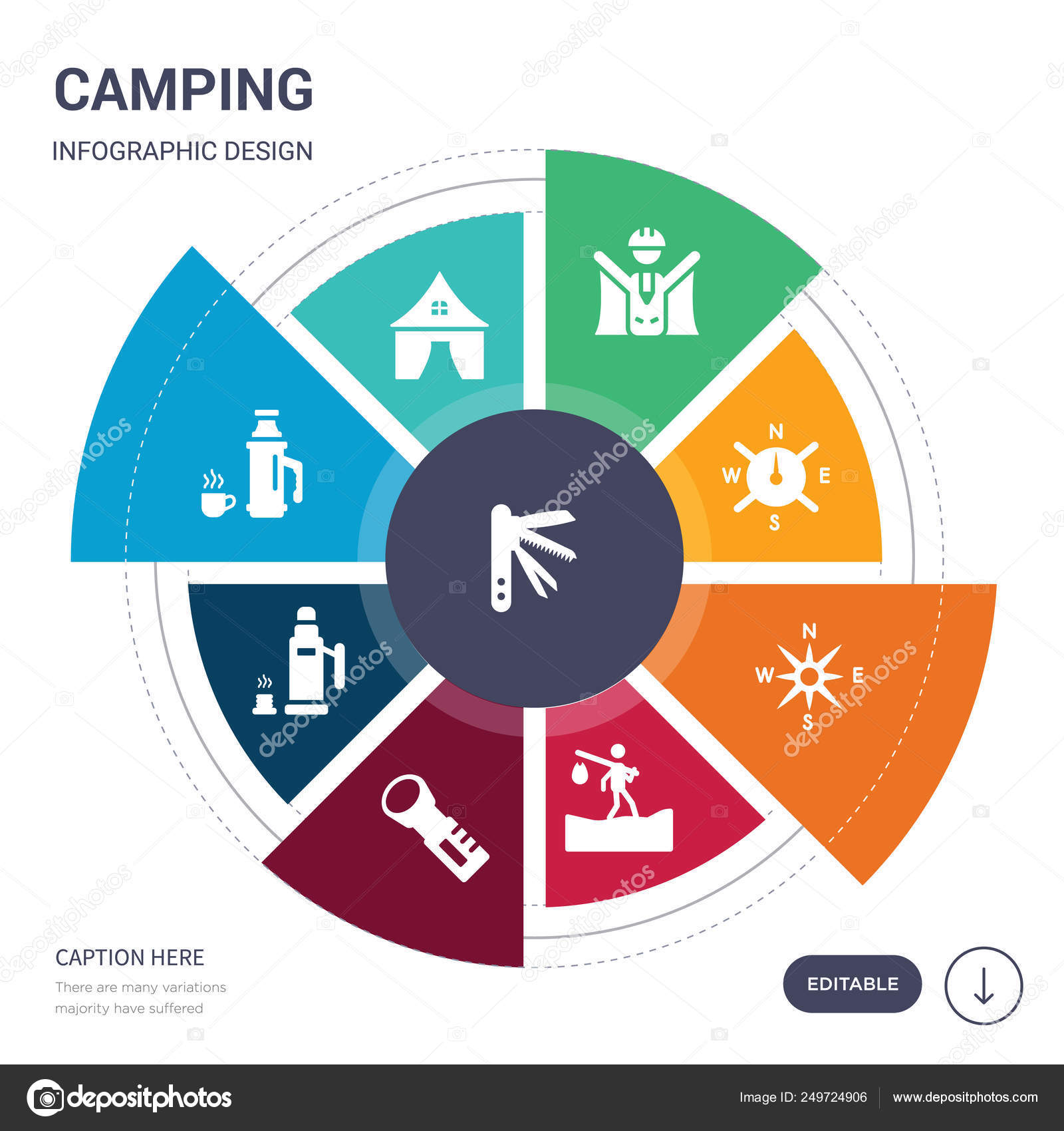Stove jacks are vital to risk-free tent oven use, keeping cold air, rainfall, snow, insects and also flammable combustible materials out of the tent. However, they're not without their pitfalls. Keep reading to discover common errors campers make when fitting their oven jacks, and how you can prevent them at your campground.
Material Compatibility
When shopping for a stove jack, make sure it is made from heat-safe materials. The textile made use of to make the jack must likewise be durable and breathable, which will aid to maintain the outdoor tents cozy and dry when it's in use.
As soon as you have actually discovered a range jack that is compatible with your tent, it's time to determine where you intend to install it. Normally, it's finest to place the stove in the facility of the outdoor tents to assist keep all areas cozy and relaxing, however it is essential to avoid placing it straight up against a camping tent wall since this is a fire threat. Additionally, think about how very easy it will certainly be to reach your cooktop when refueling and tidying up in the middle of the night.
Stove jacks are rather basic camping gear, yet they are extremely essential for securely utilizing a tent cooktop in any kind of weather. By taking the time to pick the appropriate size and appropriately install your cooktop jack, you'll be prepared for a comfortable outdoor camping experience!
Oven Pipe Size
The size of your cooktop pipe is important to make certain appropriate airing vent and to prevent a fire hazard. A tiny size pipeline will certainly work great in a lot of tents, yet a larger one need to be utilized with a heavier-duty canvas outdoor tents or a Tipi.
When it pertains to determining the suitable placement of your cooktop, the center of the outdoor tents is typically the most effective option. This will certainly assist maintain the entire outdoor tents warm while decreasing the potential for smoke to leakage around the edges. It likewise helps stop heat from blowing away from the cooktop and into flammable products like walls or ceilings.
When it concerns wall surface and floor defense, NFPA requires at the very least 36" of clearance from combustible walls. This can be lowered by using an oven shield and a single-wall stovepipe with a protected thimble (if entering into the ceiling, attic or roofing). Always consult your woodstove producer's proprietor's manual for more details about appropriate installment.
Stove Pipe Size
Aside from not being straight up against the wall surface of the tent (where it could be a fire danger) there isn't really a wrong location for a cooktop jack. It's just a matter of preference, depending upon exactly how simple it will certainly be to reach for refueling and exactly how close it will certainly be to the entry of your tent.
Nevertheless, if you mount your pipeline too far out from the oven, cool air and rainfall will be able to blow in around the beyond the pipeline. This isn't canvas satchel ideal, as it will make starting your oven and maintaining a good draft challenging.
To find out just how much flue you'll need, measure the distance from where your outdoor tents's cooktop will certainly rest to your chimney opening. Then subtract two inches since each area of pipeline overlaps. The number you obtain is the amount of pipe you'll need to purchase. Luckily, mounting cooktop pipes isn't hard and requires very little tools.
